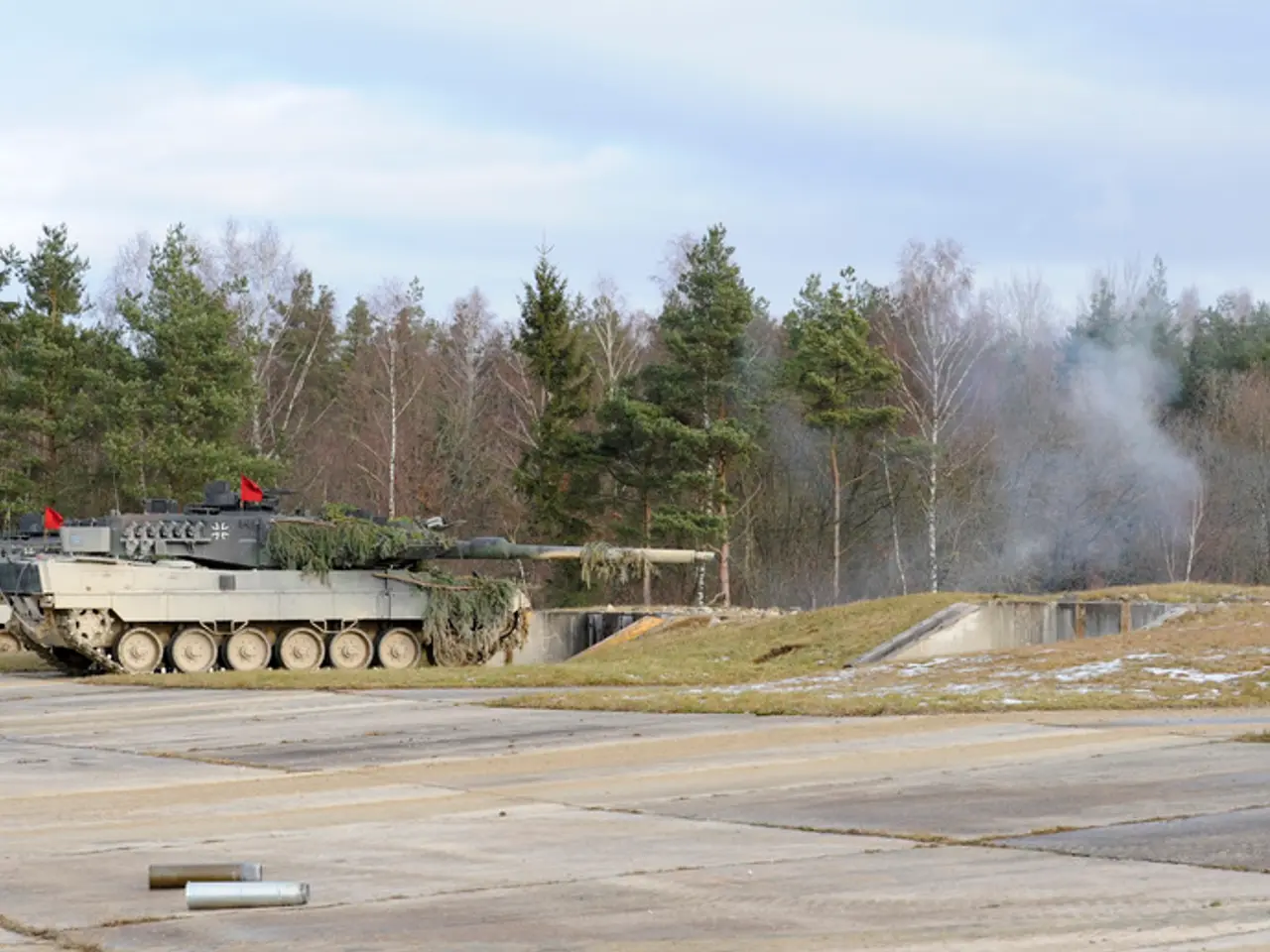Lawmakers in the House and Senate Introduce Diverse Budget Plans for Fiscal Year 2026
The annual defense policy bill, laid out by lawmakers on July 11, is shaping up to have significant differences between the House and Senate versions, particularly in regards to F-35A fighters and E-7 Wedgetail AEW&C aircraft.
The Senate Armed Services Committee advanced its version of the 2026 National Defense Authorization bill, authorizing 10 more F-35A fighter jets than the Pentagon requested. The Senate Armed Services Committee's version of the bill bars the Air Force from retiring its remaining fleet of more than 100 A-10 close air support aircraft and authorizes procurement for 34 F-35As, which is 10 more than the Pentagon requested but less than the 44 in the 2025 budget.
In contrast, the House Armed Services Committee unveiled its initial draft of the authorization bill, which is silent on the matter of F-35s but would authorize an extra $600 million to save the E-7 Wedgetail airborne early warning and control aircraft, a priority for the chairman and the ranking member of the House Armed Services Committee. The House Armed Services Committee would authorize 10 more F-35As, but their funding would depend on appropriators.
The HASC mark also endorses stripping out $200 million from development of the F-35 Block 4 upgrade and $380 million in development and procurement for the KC-46 tanker, citing program delays. The Air Force appears to continue purchases of the KC-46 tanker, despite delivery pauses, deficiencies, and slow progress on resolving some of the stickiest issues.
The HASC mark would add $600 million to the nearly $200 million the Air Force requested for E-7 to wind down the program in 2026. A group of retired Air Force generals, including six former Air Force chiefs of staff, signed a letter urging Congress to fund 75 new F-35As and to restore E-7 funding.
The Senate Armed Services Committee's version of the bill also proposes a slower retirement of F-15E Eagles, allowing divestment of up to 34 jets by 2027 rather than 68 by 2029. The House does not include this change.
The House measure also proposes trimming research and development for new KC-46 capabilities by $80 million, citing a "program delay." The HASC mark proposes to invest an extra $250 million for spare parts to boost F-35 readiness.
Lawmakers in both chambers have been critical of F-35 maker Lockheed Martin over program delays and cost matters, and the HASC chairman's mark cut $208.7 million from F-35A research and development, specifically citing "Block 4 delays." The Senate committee's plan bars the Air Force from retiring its remaining fleet of more than 100 A-10 close air support aircraft.
Both versions will undergo further amendment and reconciliation to settle these differences before the final 2026 National Defense Authorization Act is enacted. The Senate bill emphasizes more aggressive F-35 procurement and acquisition reform, while the House focuses on supporting the E-7 Wedgetail AEW&C and constraining some cost growth areas, including the F-35 upgrade program.
[1] Air & Space Forces Association, July 14, 2022, "House and Senate Defense Bills Differ on F-35A, E-7 Wedgetail" [2] Defense News, July 12, 2022, "SASC adds 10 F-35As, bars A-10 retirement in NDAA" [3] Breaking Defense, July 13, 2022, "HASC Mark Would Cut $380M from KC-46 Tanker Program"
- The Senate Armed Services Committee's version of the 2026 National Defense Authorization bill authorizes 10 more F-35A fighter jets than the Pentagon requested, and it bars the Air Force from retiring its remaining fleet of more than 100 A-10 close air support aircraft.
- The Senate Armed Services Committee's version of the bill proposes a slower retirement of F-15E Eagles, allowing divestment of up to 34 jets by 2027 rather than 68 by 2029.
- The House Armed Services Committee would authorize an extra $600 million to save the E-7 Wedgetail airborne early warning and control aircraft, a priority for the chairman and the ranking member of the House Armed Services Committee.
- The HASC mark proposes to invest an extra $250 million for spare parts to boost F-35 readiness, but it also trims research and development for new KC-46 capabilities by $80 million, citing a "program delay."
- A group of retired Air Force generals, including six former Air Force chiefs of staff, signed a letter urging Congress to fund 75 new F-35As and to restore E-7 funding.
- The House measure focuses on supporting the E-7 Wedgetail AEW&C and constraining some cost growth areas, including the F-35 upgrade program, while the Senate bill emphasizes more aggressive F-35 procurement and acquisition reform.




